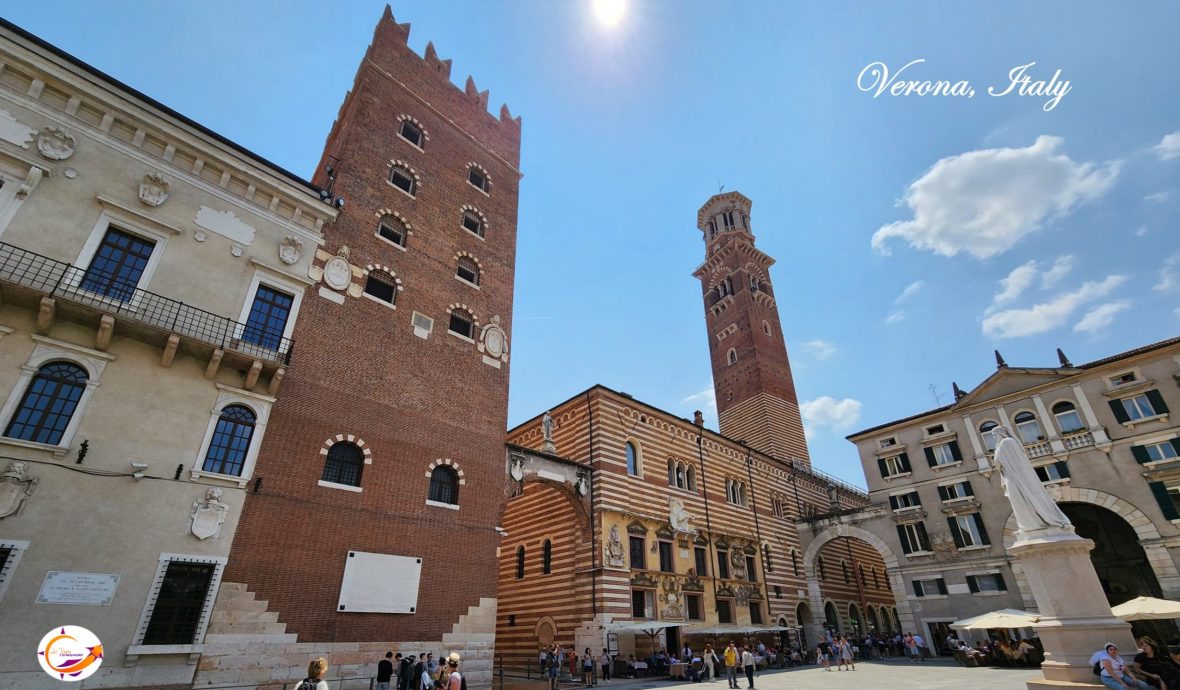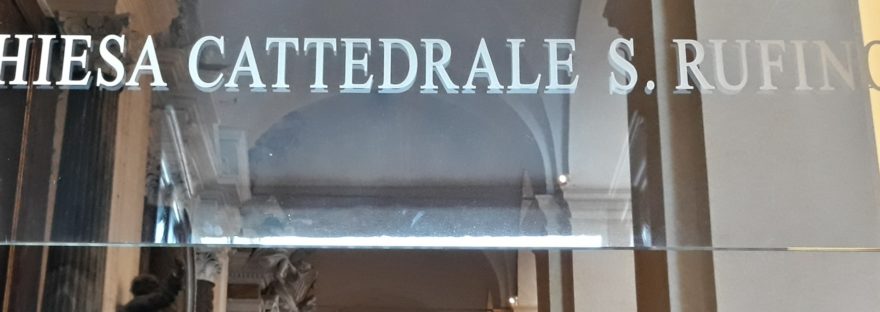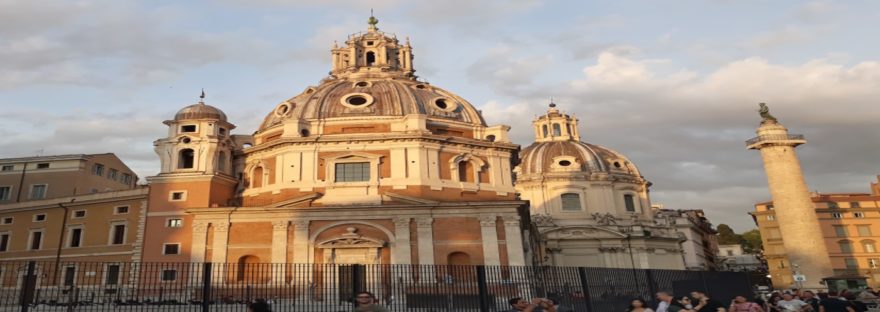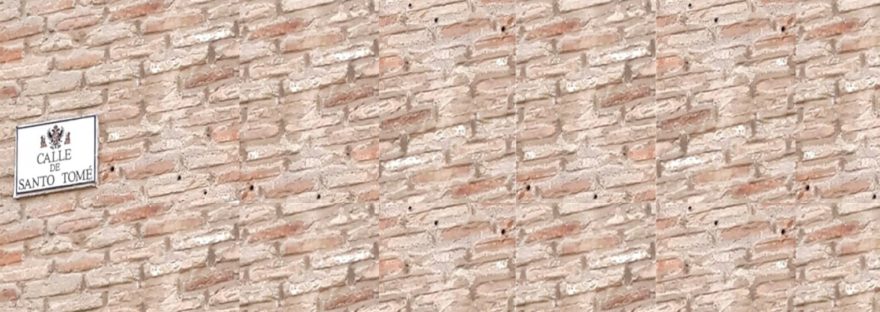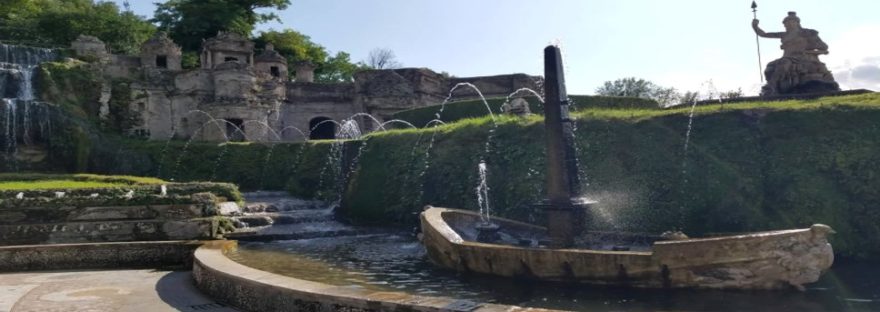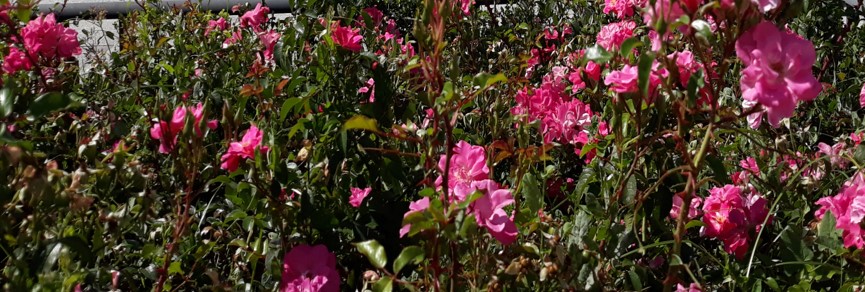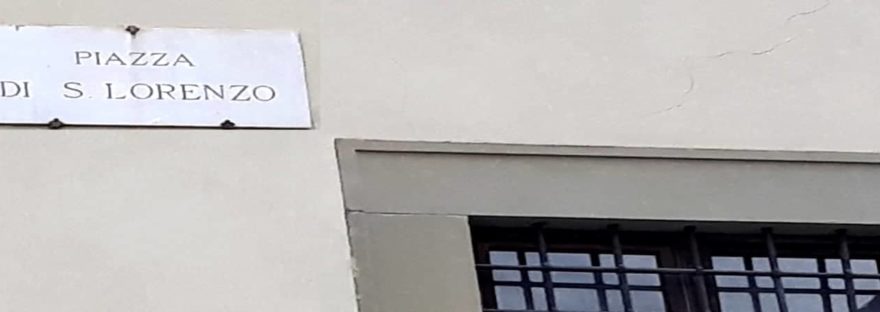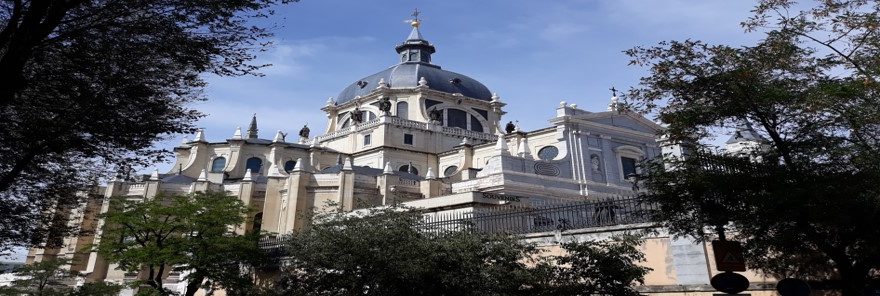The Assisi Cathedral is known for having been the place of the baptism of Saint Francis in 1182 and Saint Clare in 1193. In addition, it was in this cathedral where Saint Francis performed much of his preachings. However, to this day, the Assisi Cathedral is still the Cathedral of “San Rufino”. Continue reading “Assisi Cathedral, Italy”
Author: La Viajera y El Mochilero
The Royal Theater of Madrid
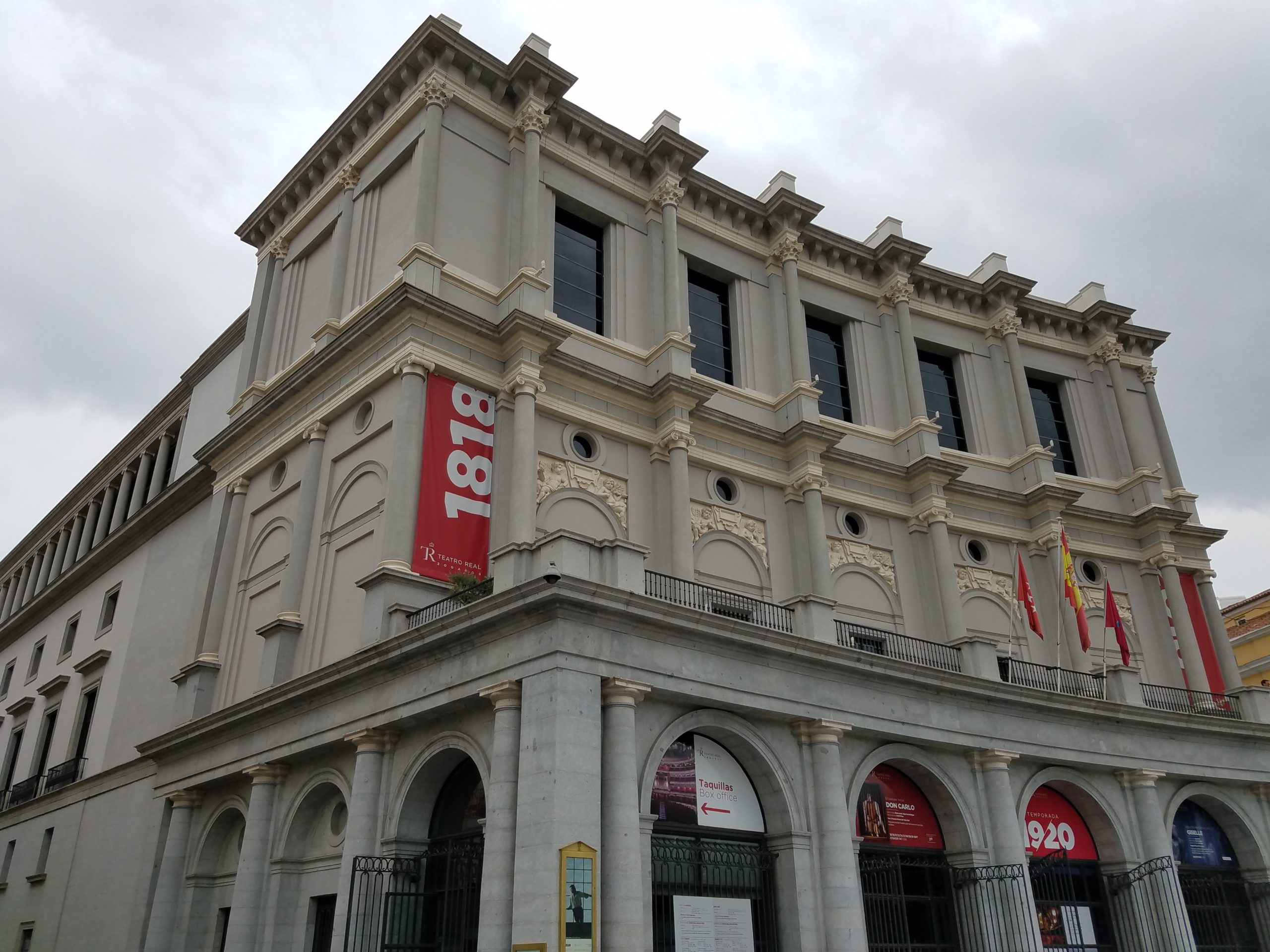 Located on the “Plaza de Oriente” and facing towards the Royal Palace in Madrid, Spain, one finds the Royal Theater. This structure, which was eventually converted into the Opera House, was built in the 19th century in the style of neoclassicism and eclecticism. Structural problems forced its closure between the years 1925 to 1966. Continue reading “The Royal Theater of Madrid”
Located on the “Plaza de Oriente” and facing towards the Royal Palace in Madrid, Spain, one finds the Royal Theater. This structure, which was eventually converted into the Opera House, was built in the 19th century in the style of neoclassicism and eclecticism. Structural problems forced its closure between the years 1925 to 1966. Continue reading “The Royal Theater of Madrid”
The Trajan Forum, Rome
Since our arrival in Rome, all roads led us to the Trajan Forum. This forum was the last of the Imperial Forums, built by Emperor Marco Ulpio Trajan in his own honor. Currently, it defines the imperial city border to the modern city. Continue reading “The Trajan Forum, Rome”
Palazzo Vecchio of Firenze
In talking about the “Palazzo Vecchio”, we must mention that it has been known by names such as: “Palazzo Popolo, Palazzo Priori, Palazzo Ducale and Palazzo della Signoria”. Continue reading “Palazzo Vecchio of Firenze”
Church of “Santo Tomé”, Toledo
The Church of San Tomé in Toledo, Spain, was built in the twelfth century over an eleventh century mosque. During the reconquest of Toledo by Alfonso VI, it was customary to build churches on the remains of mosques and synagogues, not only to mark the triumph of Christianity, but also to take advantage of the foundations and materials used in them. Continue reading “Church of “Santo Tomé”, Toledo”
The Rometta Fountain in the Villa d’Este of Tivoli
The Rometta Fountain also known as the Fountain of Rome in the Villa d’Este in Tivoli (Italy) has many elements and symbolisms of ancient Rome. Although others believe that the Rometta Fountain was built in honor of the small town of Rometta in Sicily. Continue reading “The Rometta Fountain in the Villa d’Este of Tivoli”
Gardens of San Francisco, the Old “Dalieda” of Madrid
Strolling along the “Gran Via de San Francisco in Madrid”, Spain, we found a garden that invited to be discovered. Today it is known as the San Francisco Gardens or “Antigua Dalieda”. Continue reading “Gardens of San Francisco, the Old “Dalieda” of Madrid”
The First Duomo of Firenze
A few steps from the “Palazzo de’Medici Riccardi” is the “Basilica San Lorenzo”. It is alleged that it is the oldest church in the Italian city of Firenze, consecrated by Saint Ambrose in 393. Originally, the “Basilica San Lorenzo” was located just outside the city walls. It is said to have been the first Firenze Cathedral, although there are those who claim that honor for the “Basilica of Santa Reparata”, disappeared since 1292. In fact, it was after 300 years, between the seventh and eighth centuries, the title of Duomo or Cathedral went to the Basilica of “Santa Reparata”. It is on the remains of the Basilica of “Santa Reparata” that the Cathedral of “Santa Maria del Fiore” was built. Continue reading “The First Duomo of Firenze”
Oratorio Di Santa Cecilia, Bologna
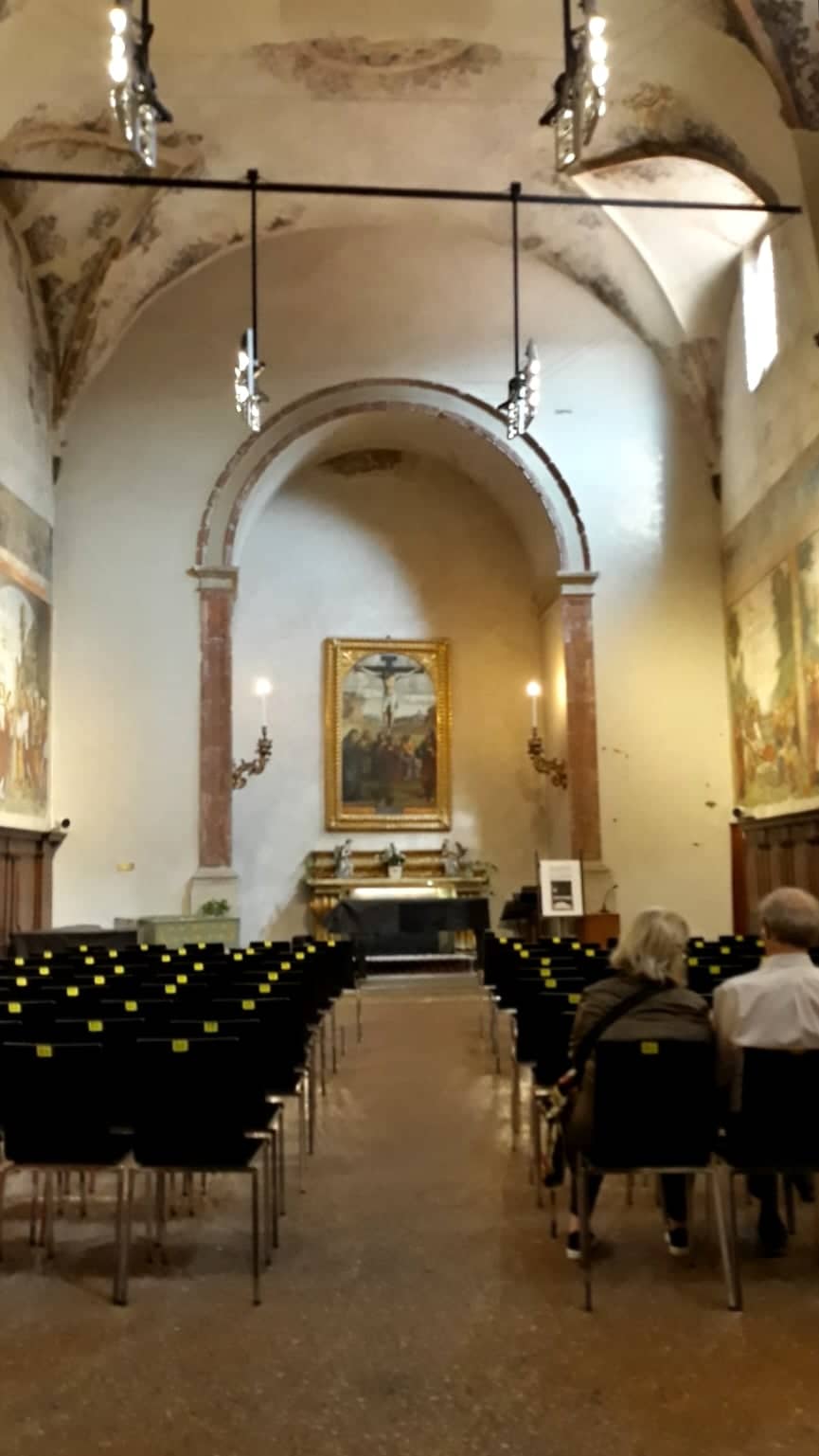 Upon exiting the “Chiesa di San Giacomo Maggiore” on the “Via Zamboni”, we walk along its side porch until we find a small entrance through the back of the church. There we stopped to admire the “Oratorio di Santa Cecilia” and its beautiful frescoes. In total, there are ten panels of frescoes that cover the walls to the right and left of the entrance to the oratory and show episodes of the life of “Santa Cecilia” and her husband “Valeriano”. Continue reading “Oratorio Di Santa Cecilia, Bologna”
Upon exiting the “Chiesa di San Giacomo Maggiore” on the “Via Zamboni”, we walk along its side porch until we find a small entrance through the back of the church. There we stopped to admire the “Oratorio di Santa Cecilia” and its beautiful frescoes. In total, there are ten panels of frescoes that cover the walls to the right and left of the entrance to the oratory and show episodes of the life of “Santa Cecilia” and her husband “Valeriano”. Continue reading “Oratorio Di Santa Cecilia, Bologna”
Madrid and its Cathedral of Santa María la Real de La Almudena
According to the legend, the image of “Santa María de la Almudena” dates back to the times of James the Elder and his arrival in Spain to preach the “good news”. However, the Madrid cathedral that honors this image is much more recent. Continue reading “Madrid and its Cathedral of Santa María la Real de La Almudena”
